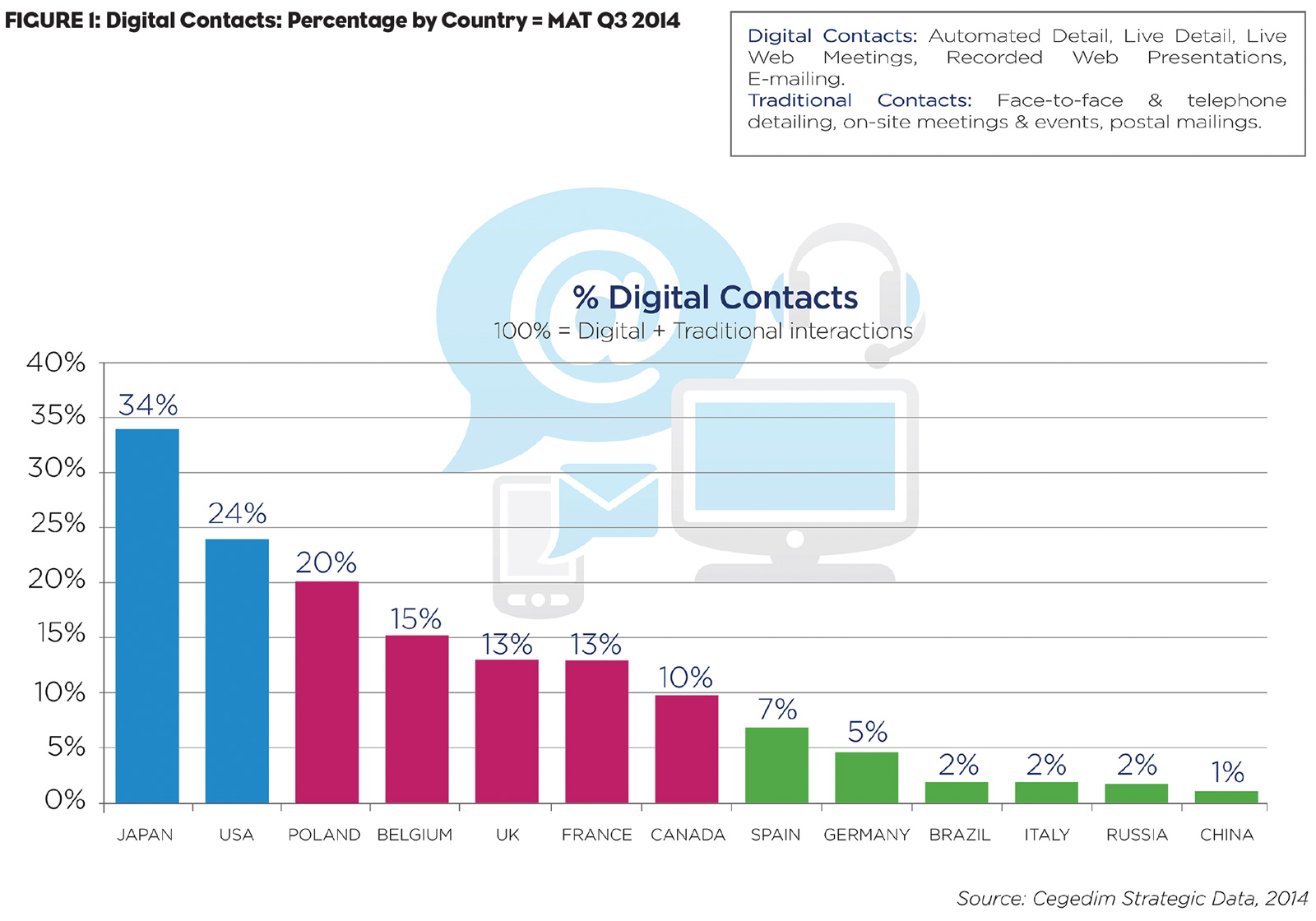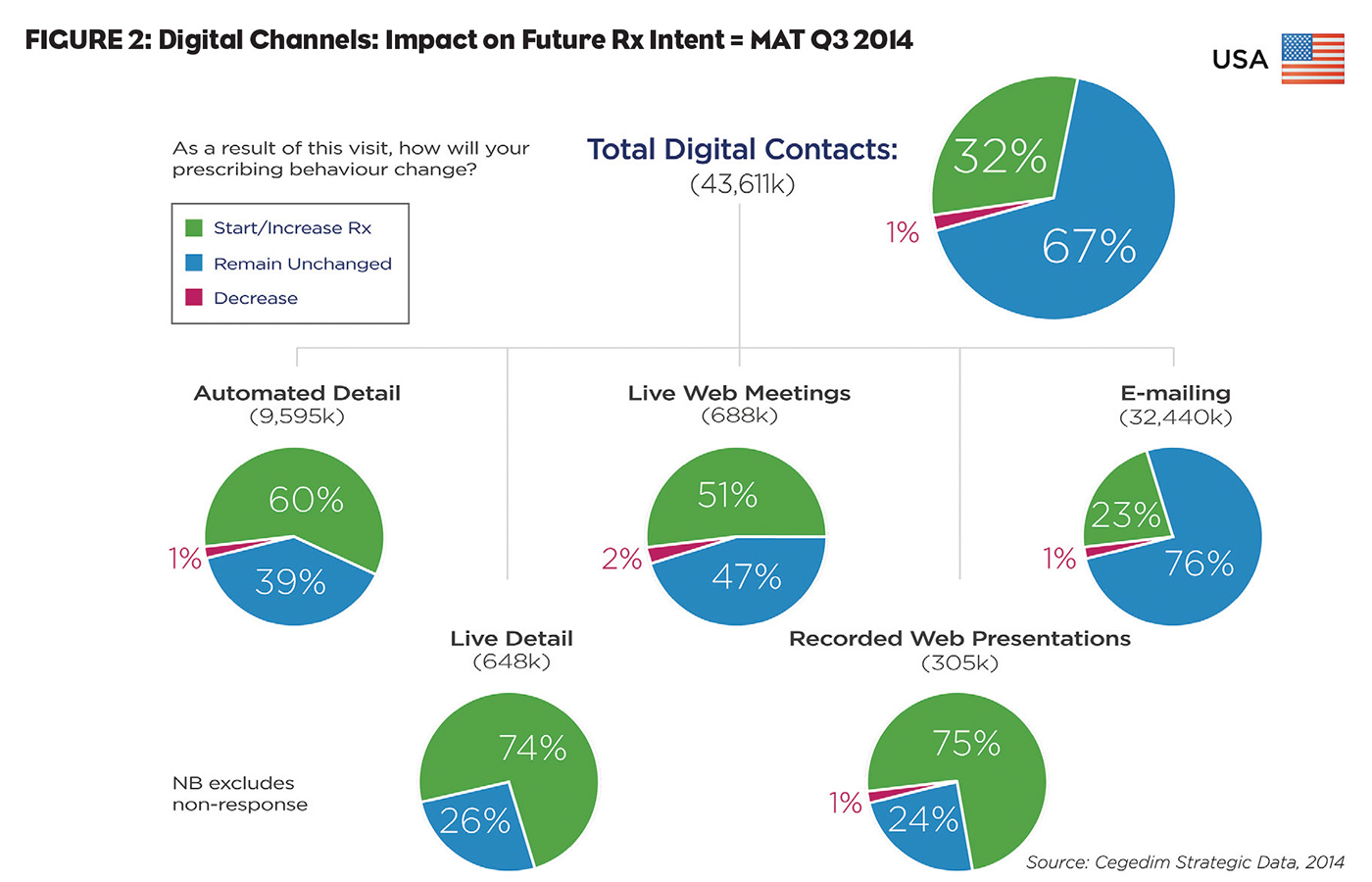It’s official: The term multichannel has evolved beyond a buzzword.
And as digital presence becomes increasingly critical in enabling life sciences companies to connect with customers, multichannel engagement serves as the pathway to coordinate, understand and analyze digital channel value.
From a life sciences benefit perspective, optimizing digital channels is no longer used solely to drive cost efficiencies. It enables companies to ensure they’re present in the digital spaces where customers find and exchange health information. Most importantly, it affords the ability to generate and sustain effective engagements through an understanding of customers’ preferences and behaviors.
The definition of customer is broadening. As patients become an increasingly active segment, HCPs are no longer the sole focus. Therefore life sciences companies should rethink and retool communication strategies to better serve customers. Streamlining the customer journey for every channel and leveraging the digital opportunity to reach new targets can achieve this.
It’s a fact: Digital channel engagement delivers value for the life sciences. From digital detailing to company websites, HCPs and patients more frequently go online as their first source of information: Google’s latest search engine enhancement for health-related subjects underscores this trend. Moreover, companies now have a choice regarding the increasingly numerous digital marketing channels at their disposal. The companies that will stand out in terms of digital engagement are those that align with the specific needs of their individual customers.
Opportunity: Answering HCPs’ and Patients’ Digital Needs
Simply put, the Internet empowers patients to be more informed—and potentially misinformed. Therefore HCPs must be more prepared to effectively answer questions and address patient needs. Patients and HCPs avidly consume health information—but with two separate imperatives. Professional responsibility requires HCPs to be more selective about information they consume. But patients are eager to glean as much information as possible to educate themselves. And both parties need useful information. But a subset of the large volume of Internet data may be unreliable or presented out of context.
Both groups want to use information to make potentially important decisions—whether it’s an HCP’s treatment or prescription decision or a patient’s decision to select one treatment over another. Information now means more to both parties.
Today, life sciences can insert itself into this process as it’s in the best interest of HCPs, patients and the industry. As the obvious experts, pharmaceutical companies can solve both reliability and volume issues using multichannel engagement tools to better segment customers by behaviors and interests. As a result, all customers can be connected with information tailored to their unique needs.
The bar is set high for consumer expectations. Google and Amazon make it easier to find information and products—helping consumers move from searching to finding what they need. Life sciences must strive to deliver the same experience to help their customers find information about diseases and treatments.
The Multichannel Must
Collecting customer behavior data is key to digital engagement success. Life sciences companies embracing a multichannel approach must institute an engagement system that collects and analyzes interaction data to better understand the customer journey throughout each digital channel. This must provide the targeting and segmentation capabilities to ensure the information they provide to customers empowers them to make the right decisions. It’s critical to leverage this system to keep a finger on the pulse of customer feedback in regard to content, messaging and channel preference. New behavioral customer insights can then be employed to dynamically enhance communication strategies to better connect with customers in a more personalized way.
Through current leading-edge technology for digital channel engagement, companies can drill down by brand and understand each HCP’s engagement level with each piece of content across communication channels. Learning from customers’ reactions to content can play a very significant role in the HCP’s value perception of interactions. This aggregated data provides actionable insights as to the performance of each campaign, which gives life sciences companies the information needed to increase the customer communications effectiveness.
Global Case Study: Digital Insights and Prospects
Digital adoption varies in markets around the world. Cegedim Strategic Data’s recent research into the percentage of digital interactions by country displays very clear leaders and a wide range of variation (Figure 1).
Individual cultures undoubtedly influence adoption, but a closer look at the data reveals insights that challenge current understandings of digital adoption in markets and cultures.
In Italy, only 2% usage of digital channels is seen. However 43% report that digital engagement positively impacts their prescription intention—the highest level of any analyzed country. Automated detail and live detail perform best with 57% of doctors noting it influences prescribing behavior. Live web meetings and emailing followed with 53% and 32%, respectively, and both delivered a positive behavioral impact.
Measuring Digital Impact on U.S. Prescribing Behavior
As digital gains traction, where is the financial incentive for life sciences other than the generally accepted assumption that digital is less costly than other forms of engagement? Specifically, what impact do digital channels offer over prescribing behavior? A 2014 study by Cegedim Strategic Data provides solid answers to these questions in regard to the U.S. market.
As depicted in Figure 2, U.S. HCPs indicate a substantial prescription writing start or increase as a result of various digital channels. These are quantifiable results indicating that U.S. life sciences companies should quickly adopt or increase digital channel usage.
It’s A Win/Win
Beyond meeting HCP needs, digital engagement also addresses some challenges that life sciences commercial teams face including downsized sales forces, lower budgets and harder-to-reach targets. Companies that bring their message to market through a well-articulated multichannel mix—focusing on digital—will quicken sales peak for new products; maximize sales during the patent protection period; maintain dynamic information, education and adherence messages and programs; and sustain awareness after patent expiration and budget reduction.
Key to the success of the digital initiative: Implementation of the technological solutions that will automate processes and enable delivery of actionable insights. Digital channel engagement is no longer a “nice to have” technique, but a measurable opportunity. It is an approach that must be embraced by life sciences companies to remain competitive and drive success for both today and tomorrow.









